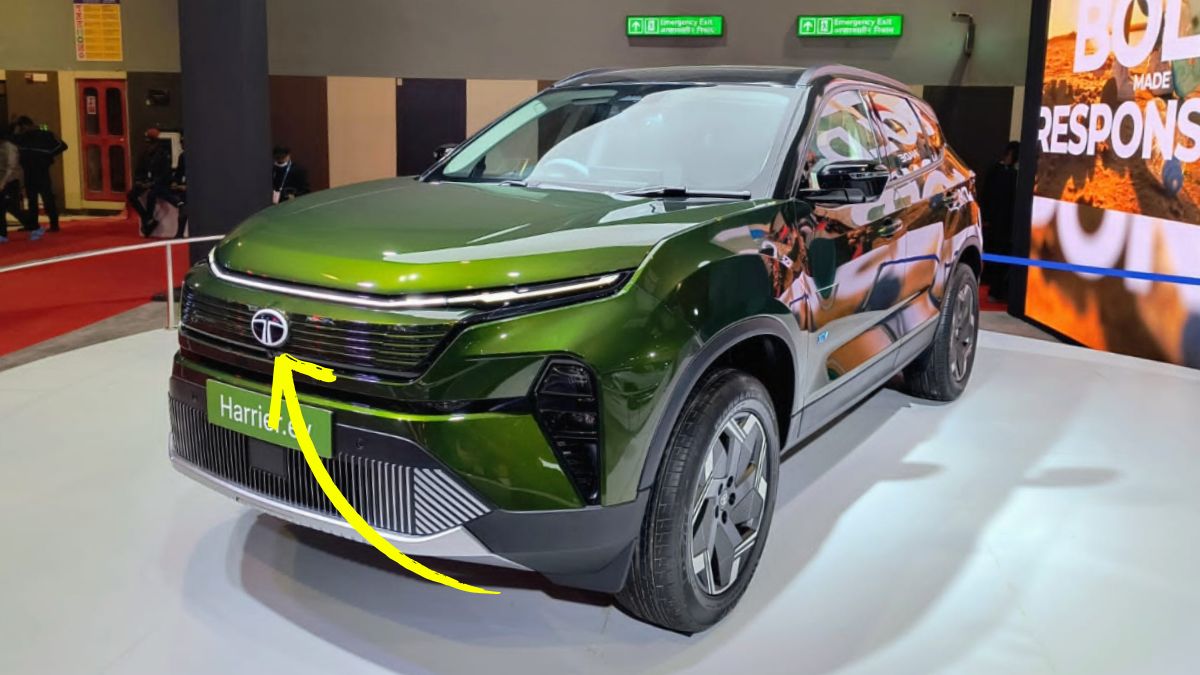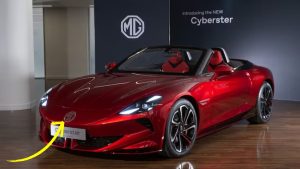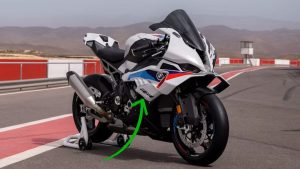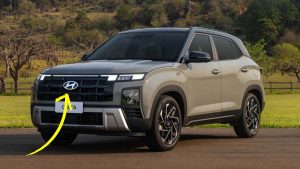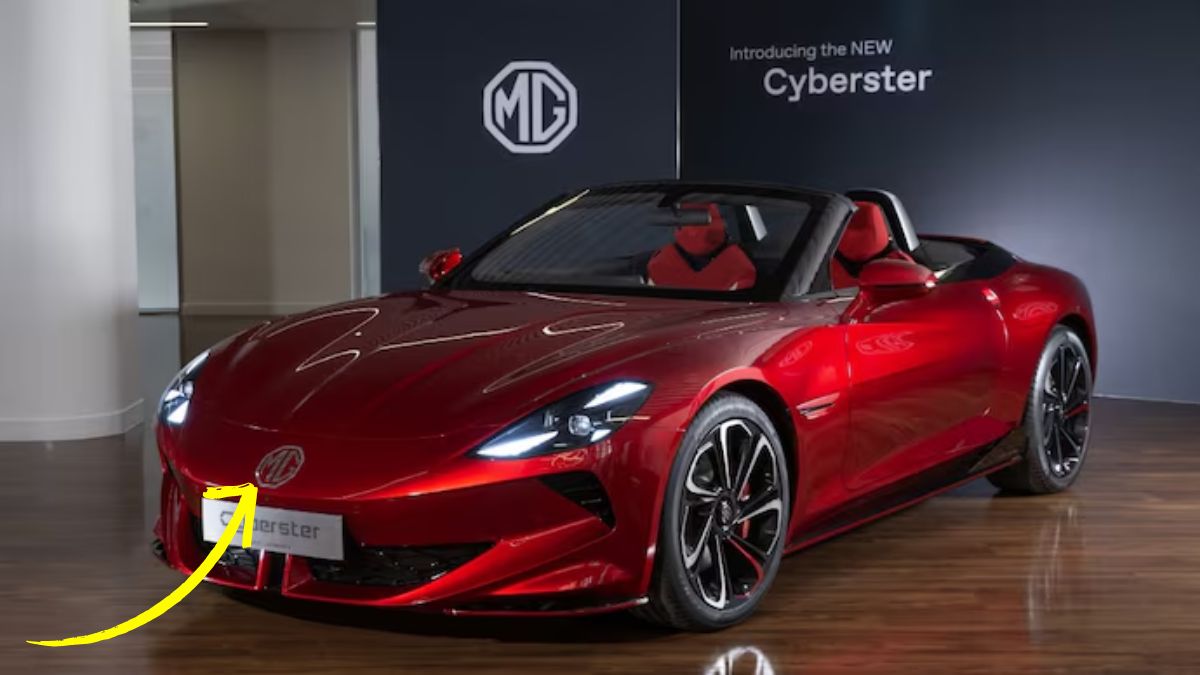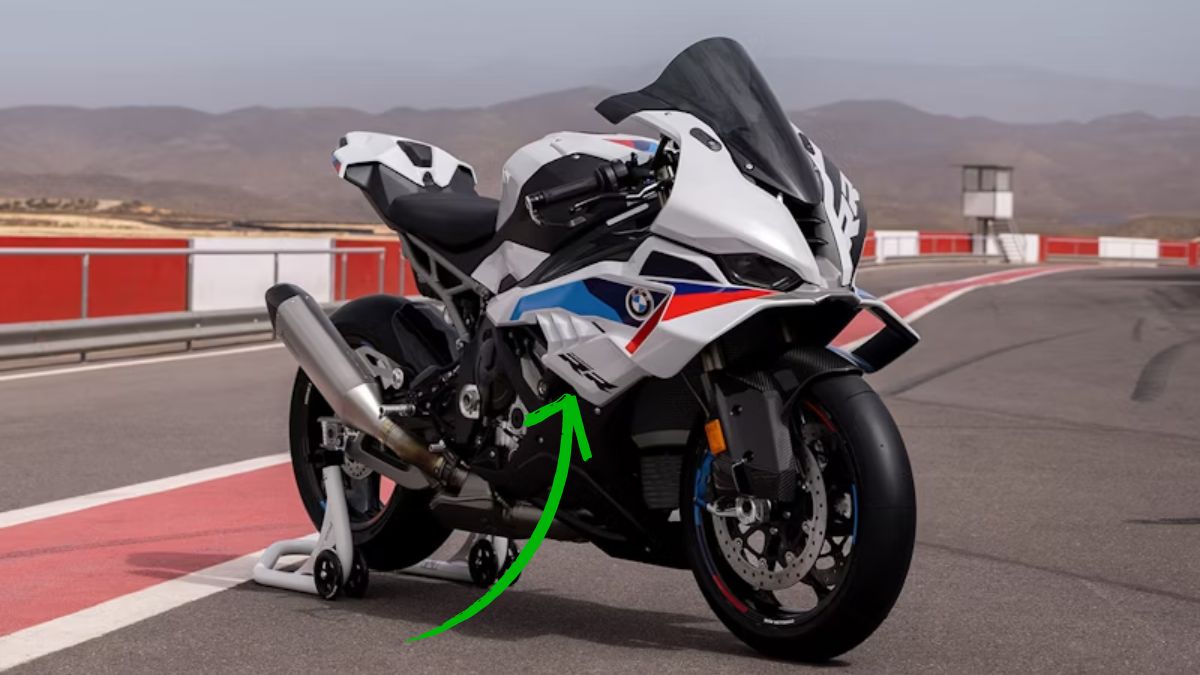Electric vehicles are rapidly becoming the future of transportation in India, and Tata Motors is leading the charge. After the massive success of Nexon EV and Punch EV, Tata is now gearing up to launch the much-anticipated Tata Harrier EV 2025.
It’s an all-electric version of the popular mid-size SUV, and it promises to bring power, range, and premium features to the growing EV segment.
The Harrier EV is expected to make a significant mark with a driving range of over 400 km, high-end cabin features, and top-level tech integrations. Designed to combine city sophistication with SUV ruggedness, it could very well be one of the most exciting electric SUVs in the market.
Design
Tata Harrier EV 2025 carries over the muscular stance of the standard Harrier but adds a touch of futuristic styling unique to electric vehicles. The front is expected to sport a completely enclosed grille for better airflow and a more modern face.
The LED DRLs and headlights are sleeker, and the bumper is restyled with aerodynamic lines that reflect its EV identity. Expect special alloy wheels with a new design that balances performance and aesthetics.
Dimensionally, the Harrier EV will stay close to the ICE model, measuring around 4600 mm in length, 1900 mm in width, and 1700 mm in height.
Tata is also likely to introduce dual-tone and special EV-themed color variants that enhance its road presence. Altogether, the design aims to appeal equally to city dwellers and those who love to hit the open road.
Interior
Step into the Harrier EV, and it’s all about premium vibes. Tata is going all out with a futuristic, tech-rich cabin. The dashboard will feature a large touchscreen infotainment system, a fully digital instrument cluster, and a new layout with high-quality materials.
The Harrier EV will comfortably seat five adults, offering generous legroom and headroom, with a boot space of around 425 liters. Among its key cabin features are ventilated seats, ambient lighting, wireless charging, multiple USB ports, a panoramic sunroof, and an inbuilt air purifier.
The cabin ambiance will rival that of luxury SUVs, combining tech with elegance to perfection.
Performance
Performance is one of the key highlights of the Harrier EV 2025. It is expected to be equipped with a Permanent Magnet Synchronous Motor (PMSM) paired with an all-wheel drive (AWD) setup.
The battery pack is likely to be in the 60–70 kWh range, which should deliver an impressive 400–500 km range per charge under ARAI conditions.
In terms of acceleration, the Harrier EV is projected to do 0–100 km/h in under 8 seconds, with a top speed capped around 180 km/h to ensure battery efficiency.
Charging options will include fast charging that gets it from 0 to 80% in about 40 minutes and home AC charging that takes approximately 7–8 hours using a 7.2 kW charger.
Technology
Tata is pushing the envelope with advanced in-car tech on the Harrier EV. It will include a 12.3-inch touchscreen infotainment system with wireless Android Auto and Apple CarPlay support, along with a JBL premium audio system.
The Harrier EV will also feature over-the-air software updates, AI voice commands, a 360-degree camera, and advanced parking assist systems. Multiple driving modes—Eco, City, Sport—will allow drivers to optimize performance. Regenerative braking will also help conserve energy during stop-and-go traffic, making daily driving more efficient.
Safety
When it comes to safety, the Harrier EV will be a serious contender. Standard safety kit includes six airbags, ABS with EBD, brake assist, electronic stability control (ESC), and a tyre pressure monitoring system (TPMS).
Tata will also equip it with ADAS (Advanced Driver Assistance Systems), including adaptive cruise control, lane keep assist, lane departure warning, autonomous emergency braking, and blind spot monitoring.
These features make it one of the safest electric SUVs expected to hit the Indian roads. The vehicle is also likely to earn a 5-star Global NCAP rating, reinforcing its commitment to occupant safety.
Launch
While Tata Motors hasn’t officially confirmed a launch date, the Harrier EV is expected to debut in mid-2025 in India. Global rollout could follow by late 2025 or early 2026. It’s highly likely that the Harrier EV will be showcased at major auto expos before its commercial release.
Price
Being a premium product, the Tata Harrier EV will be priced above the ICE version. Expected ex-showroom pricing will be between ₹25 lakh and ₹30 lakh depending on variant and battery specs.
Main rivals in this price segment include Hyundai IONIQ 5, Mahindra XUV.e8, and MG ZS EV. Despite the premium tag, its long range, features, and Tata’s extensive service network will make it a strong value proposition.
Verdict
Tata Harrier EV 2025 is more than just an electric version of a popular SUV. It’s a symbol of Tata’s commitment to sustainable mobility while retaining performance, luxury, and safety.
With its bold design, long driving range, top-notch features, and futuristic technology, the Harrier EV is set to become one of the most desirable electric SUVs in India.
If Tata Motors can deliver all this at a competitive price, the Harrier EV will not just compete—it will lead the way in the Indian EV SUV market.
FAQs
What is the range of Tata Harrier EV 2025?
The range is expected to be between 400–500 km per charge.
What is the expected launch of Harrier EV?
India launch is expected by mid-2025, global rollout by late 2025.
Will Harrier EV support fast charging?
Yes, it will support 0–80% fast charging in about 40 minutes.
What will be the price of Tata Harrier EV?
Expected price range is ₹25 lakh to ₹30 lakh (ex-showroom).
What are the top features of Harrier EV?
ADAS, 12.3-inch screen, AWD, 500 km range, ventilated seats, 6 airbags.
